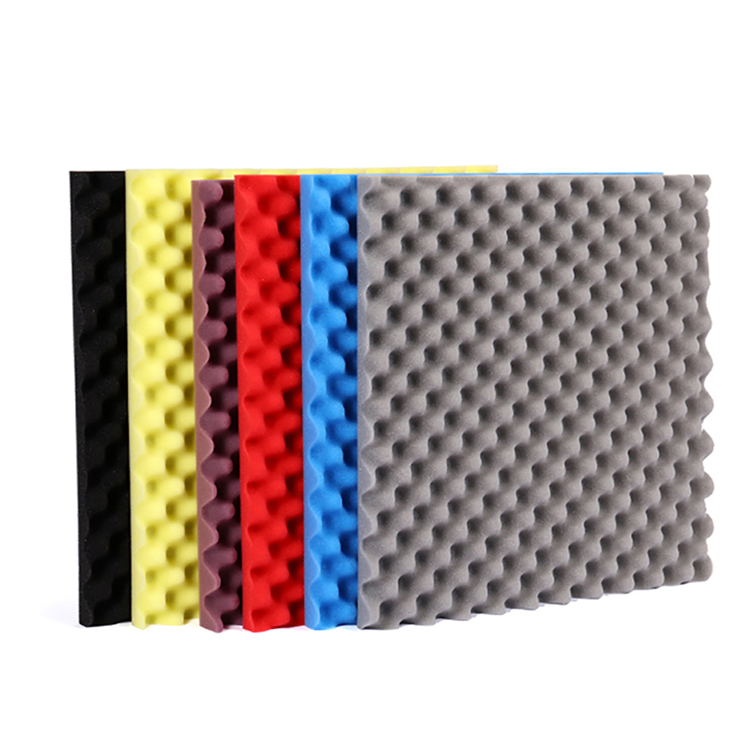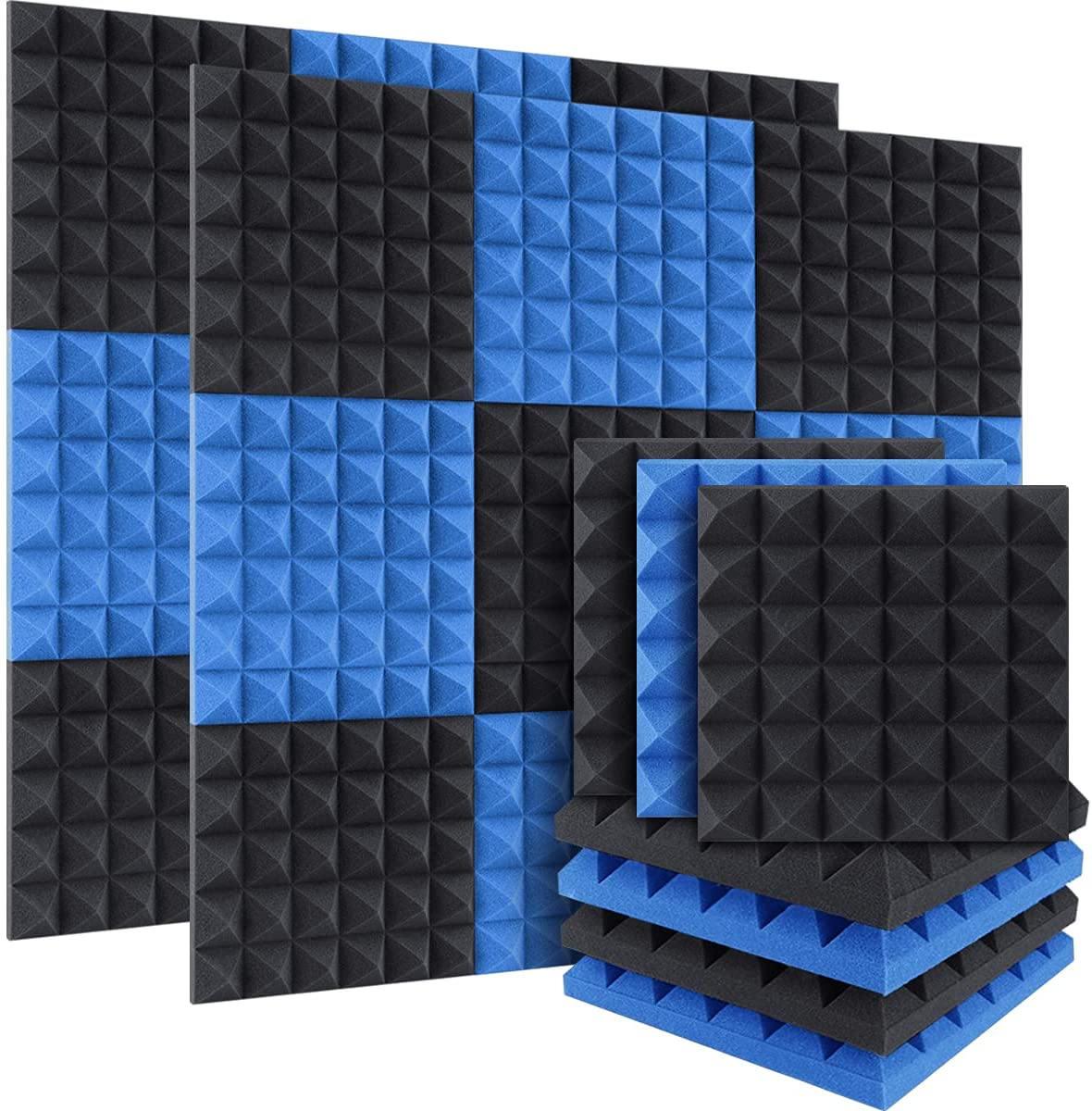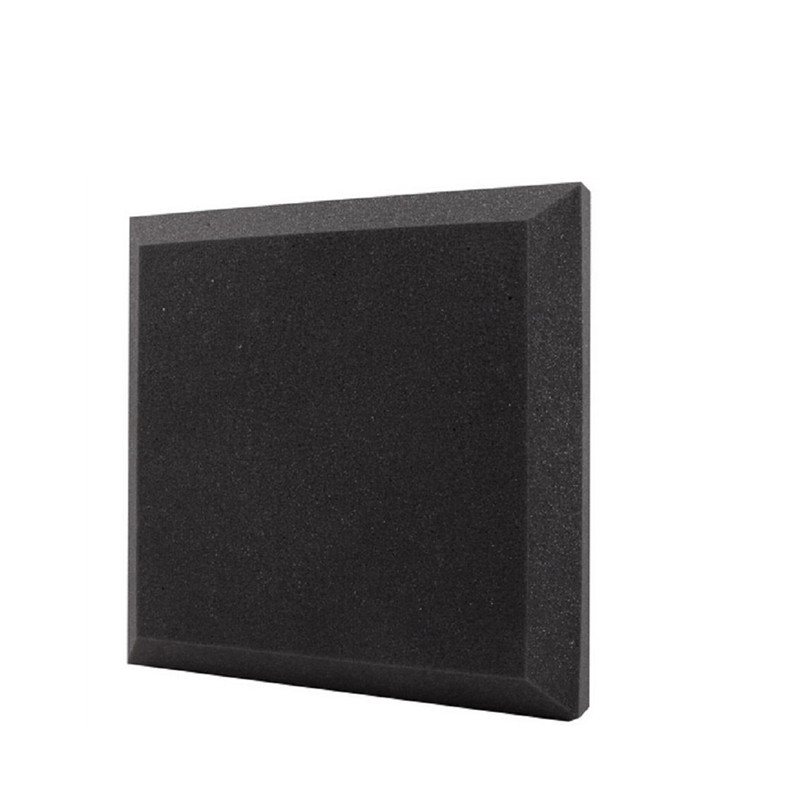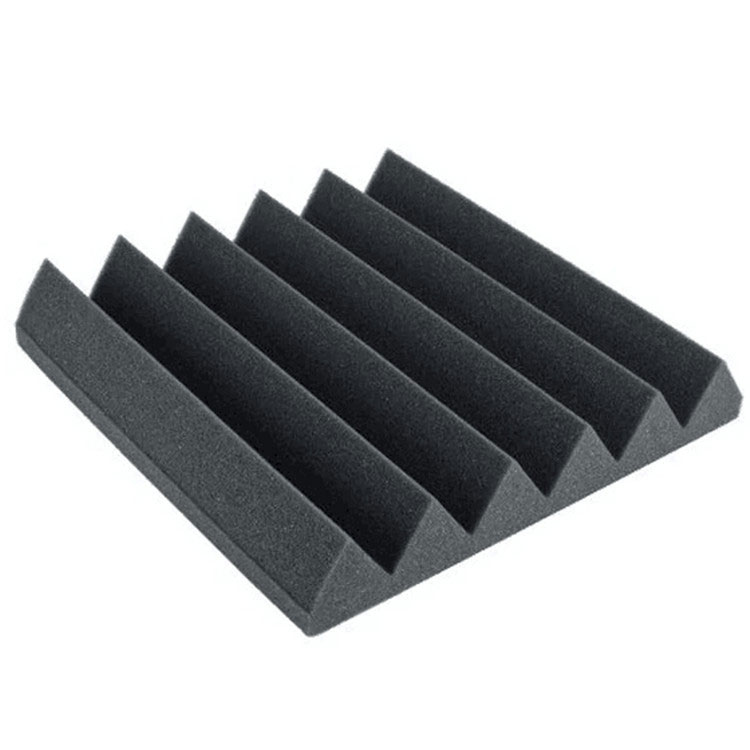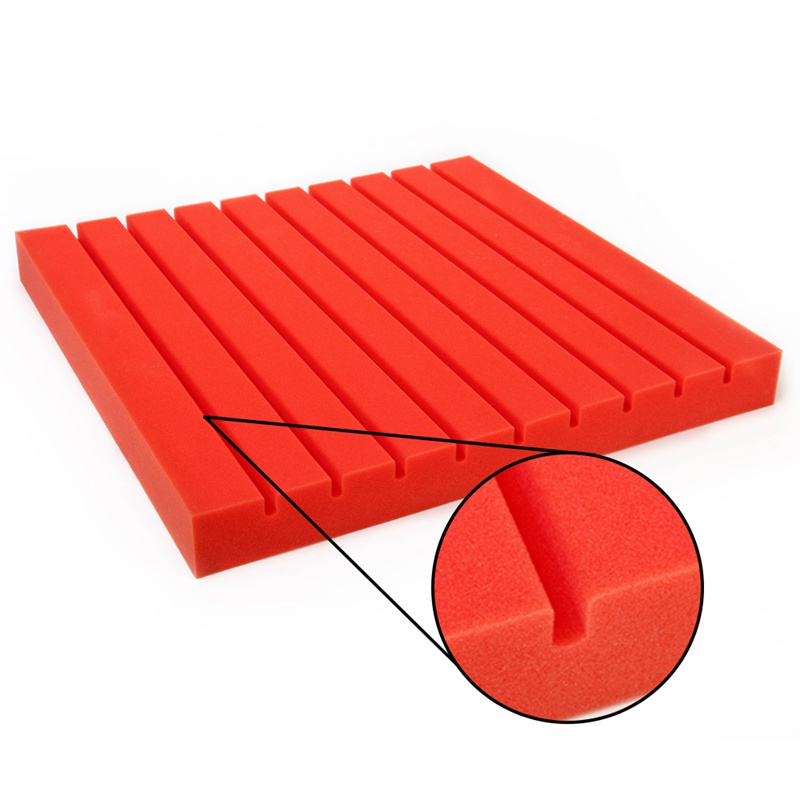How Does Soundproofing Foam Work?
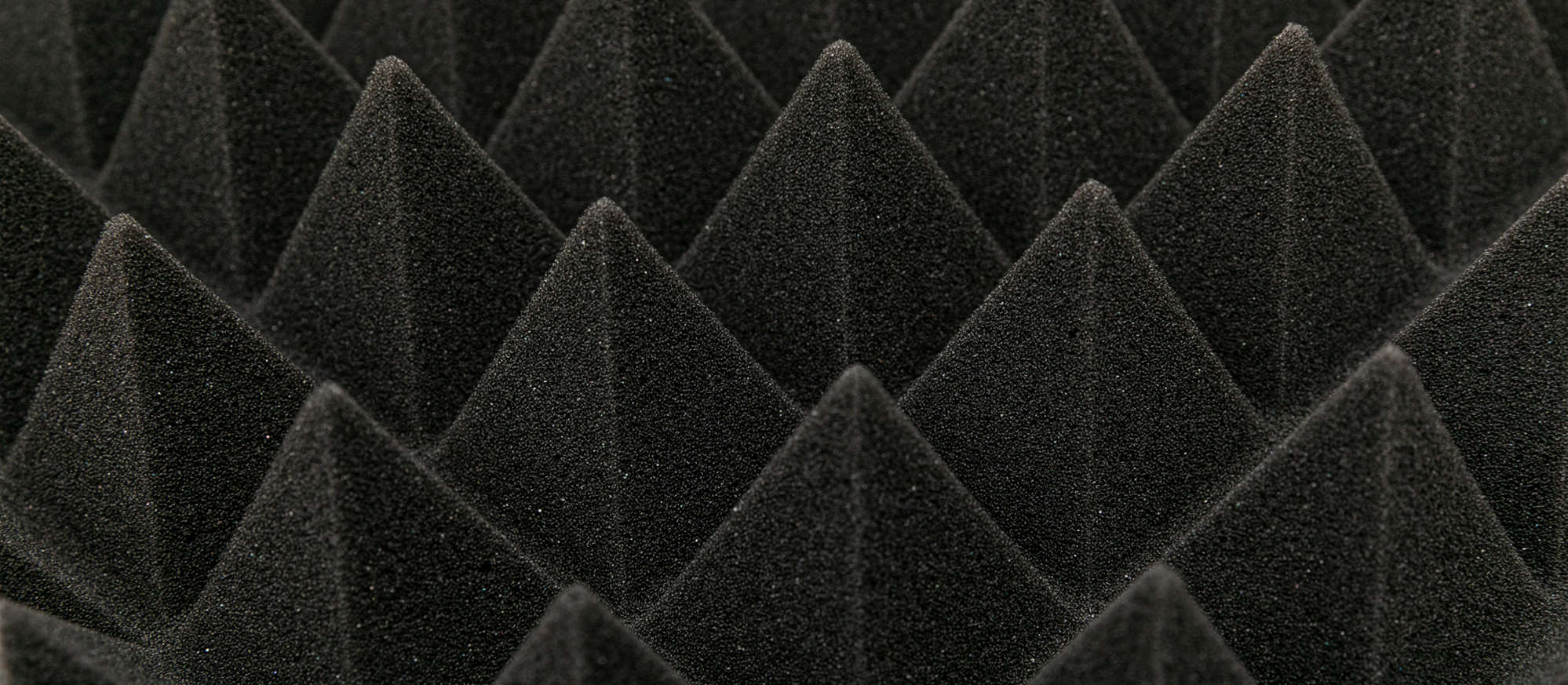
Some form of soundproofing is the norm for most industrial and domestic buildings. Whether you’re in a restaurant, school or open-plan office, modern buildings are typically designed to control the acoustics architecturally. Either that or they will have soundproofing panels installed to reduce background noise.
The science of sound
Understanding the basic characteristics of sound is vital when you’re exploring how to reduce it. In the very simplest terms, sound is nothing more than the vibration of energy. When an object vibrates, the air around it vibrates too. These vibrations are carried through the air in the form of soundwaves until the air inside your ears begins to vibrate. This sensation is what eventually gets interpreted by the brain as noise, speech and music.
 |  |  |
How soundproofing foam works
Sound absorbing foam
Sound absorbing foams are typically softer and more lightweight than their sound blocking counterparts. This open and flexible cell structure acts as a natural soundwave absorber and prevents noises from reverberating off hard surfaces like walls, floors and ceilings. It does this by converting existing sound energy to heat and reducing the ability of soundwaves to bounce back into the room.
Depending on how it’s used, this type of foam can also enhance the acoustics within a room. Sound absorbing foam cut into pyramid or wedge shapes can be used to manipulate vibrations in a way that improves sound quality. A common example is a recording studio, where echo is reduced through the installation of visible foam tiles and panels on the walls.





 CN
CN ENGLISH
ENGLISH


